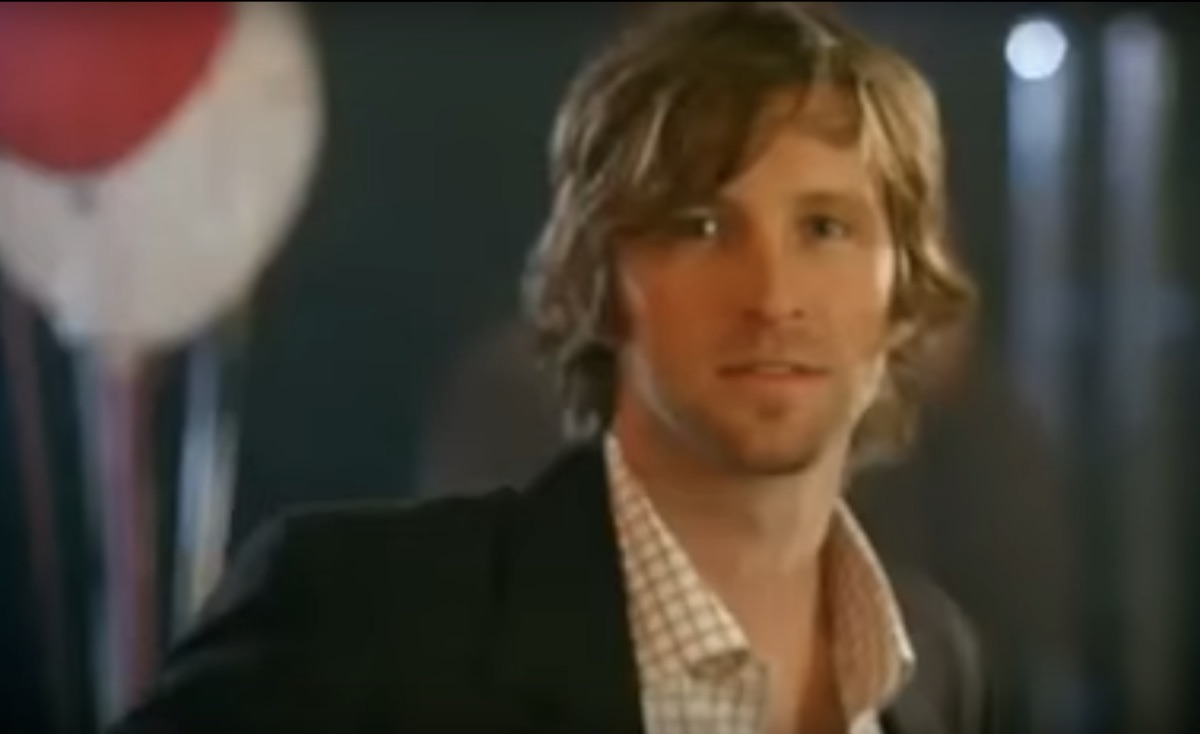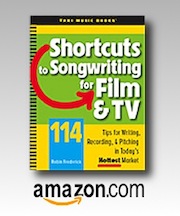What was that song on the Delta Faucet commercial, the cute one that goes “So many things your hands can do”? It sounds like a children’s song, something maybe you might write for kids. Well, it is a children’s song. It’s from a Sesame Street record featuring The Count, the vampire Muppet who simply adores numbers. Could you write a song like that? You probably could and possibly you already have.
Why are songs used in commercials?
Previously, most commercials that featured music of any kind, relied on jingles—those little ditties that sell a product by naming it (“Campbell’s soup is, mmm, mmmm, good.”) or telling you what it does (”Plop, plop, fizz, fizz. Oh, what a relief it is.”)
But over the last few years there has been a trend toward using existing songs written by indie artists and bands, rather than music created specifically for the product. These songs add authentic emotion to the commercial, feelings the advertiser wants viewers to associate with their product.
For example, Subaru wants viewers to associate their car with feelings of warmth, love, family, and togetherness. So, they use existing artist songs that express that feeling—”Powerful Stuff” by Sean Hayes and “Before I Knew” by Basia Bulat. These are indie artists whose songs are relatively unknown. But they add emotion to the ad. Here’s the commercial featuring “Before I Knew” on YouTube…
And here’s Sean Hayes’ “Powerful Stuff” in another Subaru commercial…
Writing songs for TV commercials
So, why do these songs work so well and how can you use those techniques in songs of your own?
=> Keep your lyric focused on a single emotional theme
To improve your chance of getting a commercial placement, choose an emotional theme that will appeal to advertisers. Look at the products that are being sold on TV. Ask yourself: What does this company want people to feel when they think of or use their product? Confident? Happy? Powerful? Loving? Whimsical? Adventurous?
Construct your lyric around one emotional idea and stick with it. Don’t wander off. This Delta Faucet commercial creates a whimsical, upbeat feel by simply giving us a song with a fresh, imaginative list of things that hands can do after they’re washed. It’s not the cleaning up that’s important but the appeal of having carefree, childlike fun.
Use language that evokes an emotional response in the listener. Images and action words help to engage listeners and get them involved in the song.
Read more about adding emotion to your lyric with images and action words.
=> Keep your melody simple and catchy
The trick to being simple and catchy is to NOT be predictable. Nursery rhymes are catchy but they’re too predictable to express much emotion. You need a melody that’s easy to remember but adds something fresh and unexpected.
Here’s one method for writing melodies that works for ads. Start with something simple. Create an easy-to-remember melody or you can even use a nursery rhyme. Use a metronome or tap your foot to keep track of the beats. Then…
- Stretch out a note or shorten one.
- Divide a long line into two short ones.
- Change the pitches of the notes – jump up or down.
- Start your melody one beat later or earlier. Or start on an upbeat (the “and” between beats).
- Fill a pause at the end of a line with extra notes and words and run it right into the beginning of the next line.
- Add chords that create a brighter or more sophisticated tone.
- Use a drum loop or try foot stomps, finger snaps, or hand claps to add rhythmic energy. (Watch the Subaru video included above to hear that!)
Have fun with you melody. Spend some time reshaping it until you have something you like.
=> Production
There are many good songs in commercials that are very simply produced, some arrangements consist of just piano or guitar and vocal. The Subaru/Basia Bulat commercial I included above has a very minimal arrangement. You can also find links to many of these commercials on my Film & TV Songwriting Facebook page.
Once your song is written, you’ll need a broadcast quality recording to pitch. If you keep the arrangement simple you could record it at home or rent an inexpensive studio and record it in an hour or two. Be sure to use a vocalist that fits the style of the song. Is it a fragile female singer or a warm and friendly male? Or a distinctive voice with loads of character?
There are many different song genres used in commercials. Here’s a post that will take you inside a Dior perfume ad that features an Indie Rock song with a raw, edgy, Garage-Rock sound. What do you think they’re trying to get the viewer to feel?
Check out these Songwriting Trends in TV Commercials
Pitching your song
Music Libraries are interested in this type of song, knowing that it appeals to ad agencies. You can submit your demo to many music libraries through TAXI.com. Some Music Libraries, like Crucial Music will accept submissions online. You can find more information on pitching your songs to commercials in my book Shortcuts to Songwriting for Film & TV. But first… make sure you’ve got a song that will do the job.
So many things songwriters can do!
Find out more in my book!

